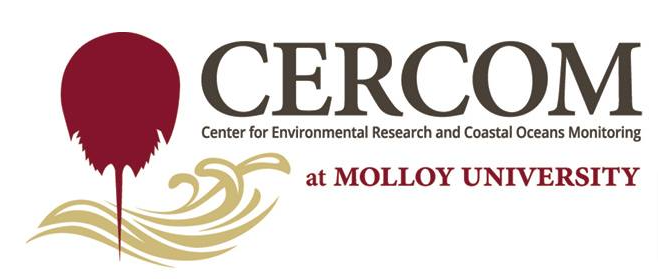Document Type
Newsletter
Publication Date
Spring 2016
Abstract
At a recent event a colleague asked me, “So what do you do at CERCOM?” My immediate response was the “M” word fundamentally! After 45 years involved in environmental sciences, monitoring remains the most important and critical aspect of not only any field station in support of the academics conducted, but the seminal responsibility to be able, as a scientist, to reveal trends in the massive volume of data collected through routine monitoring exercises. It is extremely rare for a single data point, or even a single season of data, no matter how accurate the individual data point is, to reveal the health or condition of a functioning ecosystem. Monitoring data requires the use of standard protocols, quality assurance and quality control, so the amassed data can be appropriately subjected to statistical analysis and interpretive review. Molloy Colleges’ CERCOM facility monitor’s in the environment which includes water quality parameters at Long Island’s coastline estuaries with emphasis on Great South Bay; as well as meteorological data and a USGS tide gage station that monitors the tides along the Great South Bay. Since 2004, CERCOM has been monitoring the horseshoe crab habitat covering 111 sites on Long Island, from the tip of Brooklyn to the tip of Montauk and the water quality in the Great South Bay. In 2008, CERCOM began monitoring the daily meteorological data retrieval co-op station; and in 2014 added a phytoplankton monitoring for NOAA; genetics barcode work for horseshoe crabs; and extended pH sampling sites for Great South Bay. Finally, a robust monitoring program is assisted by Molloy College science students. Reports are available on the Molloy College website at www.molloy.edu/cercom.
Related Pillar(s)
Community, Service, Study
Recommended Citation
Tanacredi, John Ph.D., "The Coastal Monitor: Vol. 1, No. 2" (2016). The Coastal Monitor. 2.
https://digitalcommons.molloy.edu/cercomnews/2
Included in
Biology Commons, Chemistry Commons, Environmental Indicators and Impact Assessment Commons, Environmental Monitoring Commons




